Understanding the Importance of Proper Camera Storage
Whether you’re an amateur photographer or a professional content creator, your camera equipment represents a significant investment. Proper storage is crucial for protecting sensitive photography gear from damage and ensuring it remains in perfect working condition. This comprehensive guide will help you understand how to safely store your valuable photography equipment.
Why Climate-Controlled Storage Matters for Photography Equipment
Camera equipment is highly sensitive to temperature and humidity changes. Extreme conditions can lead to:
- Lens fungus growth in humid environments
- Electronics damage from temperature fluctuations
- Battery degradation in extreme temperatures
- Sensor damage from moisture exposure
- Mechanical issues with camera bodies
Preparing Your Equipment for Storage
Before placing your photography gear in storage, follow these essential preparation steps:
- Clean all equipment thoroughly
- Remove batteries from cameras and accessories
- Add silica gel packets to storage containers
- Use appropriate protective cases
- Keep lens caps and body caps in place
Organizing Your Storage Space
Proper organization is key to protecting your equipment and maintaining easy access. Consider these storage solutions:
- Use sturdy shelving units with padding
- Install drawer systems for smaller items
- Keep frequently used equipment easily accessible
- Label everything clearly
- Maintain an inventory list
Temperature and Humidity Control
The ideal storage conditions for photography equipment are:
- Temperature: 65-75°F (18-24°C)
- Relative humidity: 35-45%
- Consistent conditions without fluctuations
- Away from direct sunlight
- Good air circulation
Security Considerations
Protect your valuable equipment with these security measures:
- Choose a facility with 24/7 surveillance
- Use high-quality locks
- Consider insurance coverage
- Keep detailed records of serial numbers
- Store in a unit away from high-traffic areas
Regular Maintenance While in Storage
Even in storage, your equipment needs periodic attention:
- Check equipment monthly
- Rotate mechanical parts occasionally
- Replace silica gel packets as needed
- Monitor for any signs of moisture
- Test electronics periodically
Special Considerations for Different Types of Equipment
Different photography gear requires specific storage approaches:
Lenses
- Store upright to prevent lubricant settling
- Keep front and rear caps on
- Use padded lens cases
- Avoid stacking lenses
Camera Bodies
- Attach body caps
- Remove memory cards
- Store with moderate sensor cleaning
- Keep in protective cases
Lighting Equipment
- Wrap cords properly
- Store bulbs in original packaging
- Keep stands collapsed
- Protect from dust
When to Consider Professional Storage
Professional storage facilities like Public Storage offer several advantages:
- Consistent climate control
- Enhanced security
- Proper ventilation
- Professional maintenance
- Flexible access options
Cost vs. Protection: Making the Right Choice
When considering storage options, weigh these factors:
- Value of your equipment
- Length of storage needed
- Access requirements
- Local climate conditions
- Budget constraints
Tips for Long-Term Storage Success
Follow these best practices for long-term equipment protection:
- Document everything with photos
- Create a detailed inventory
- Establish a regular maintenance schedule
- Keep storage insurance current
- Monitor storage conditions regularly
Conclusion
Proper storage of photography equipment is essential for protecting your investment and ensuring your gear remains ready for use. Whether you’re storing equipment between shoots or protecting seasonal gear, following these guidelines will help maintain your equipment’s value and functionality. Consider Public Storage’s climate-controlled units for professional-grade protection of your valuable photography equipment.


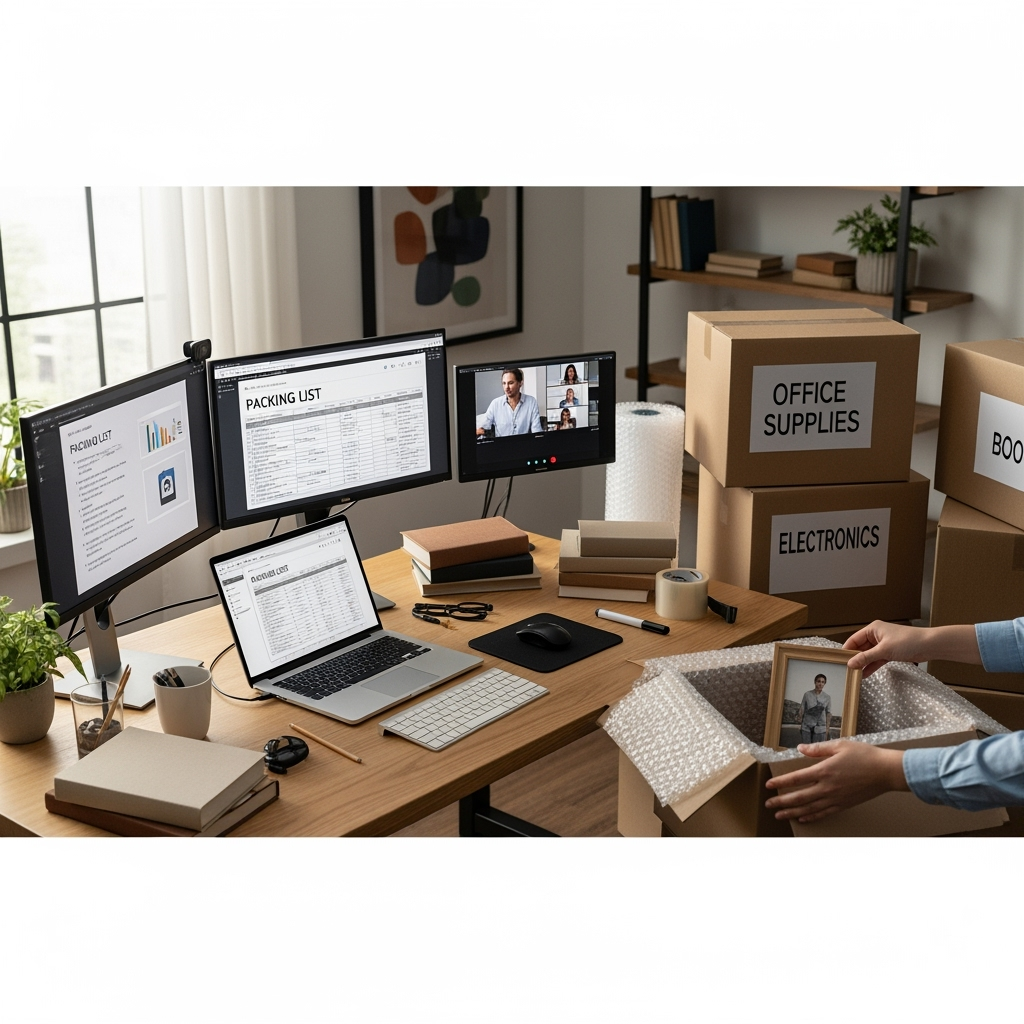
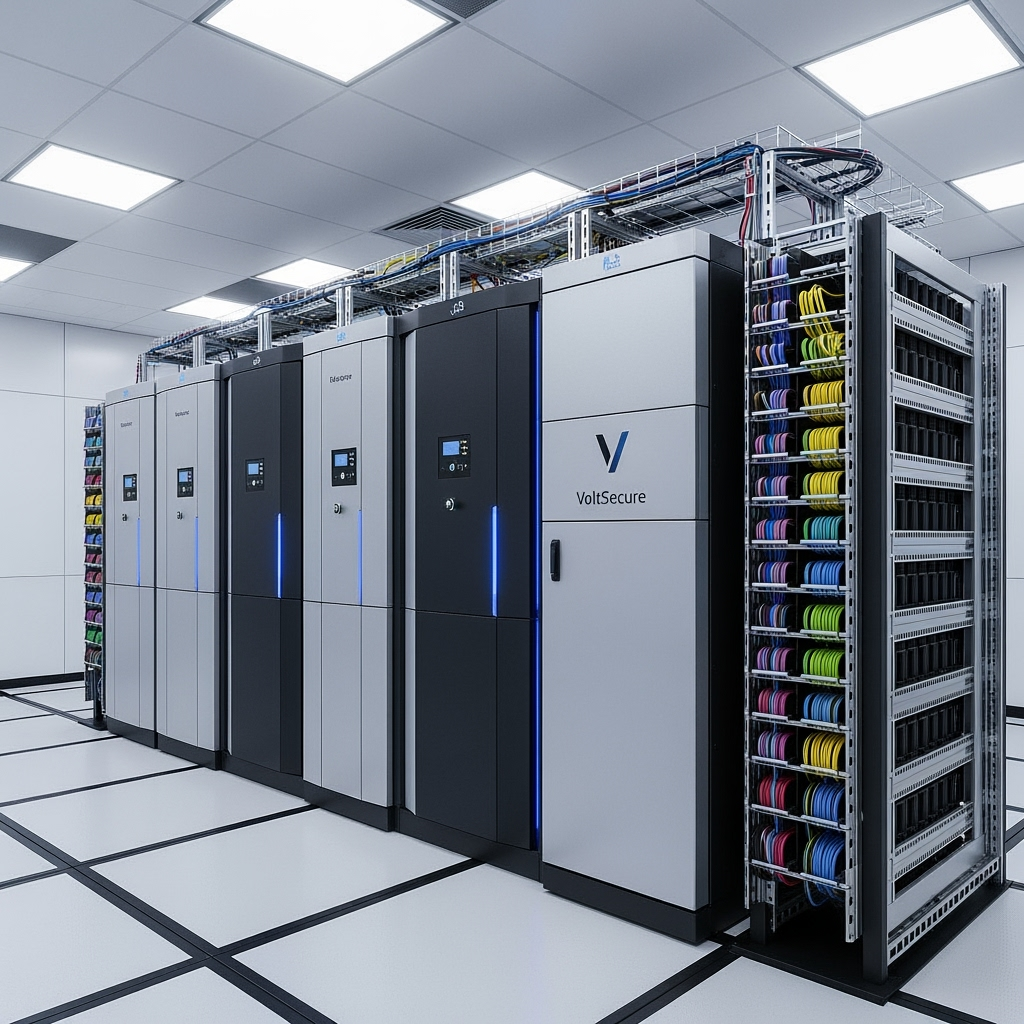

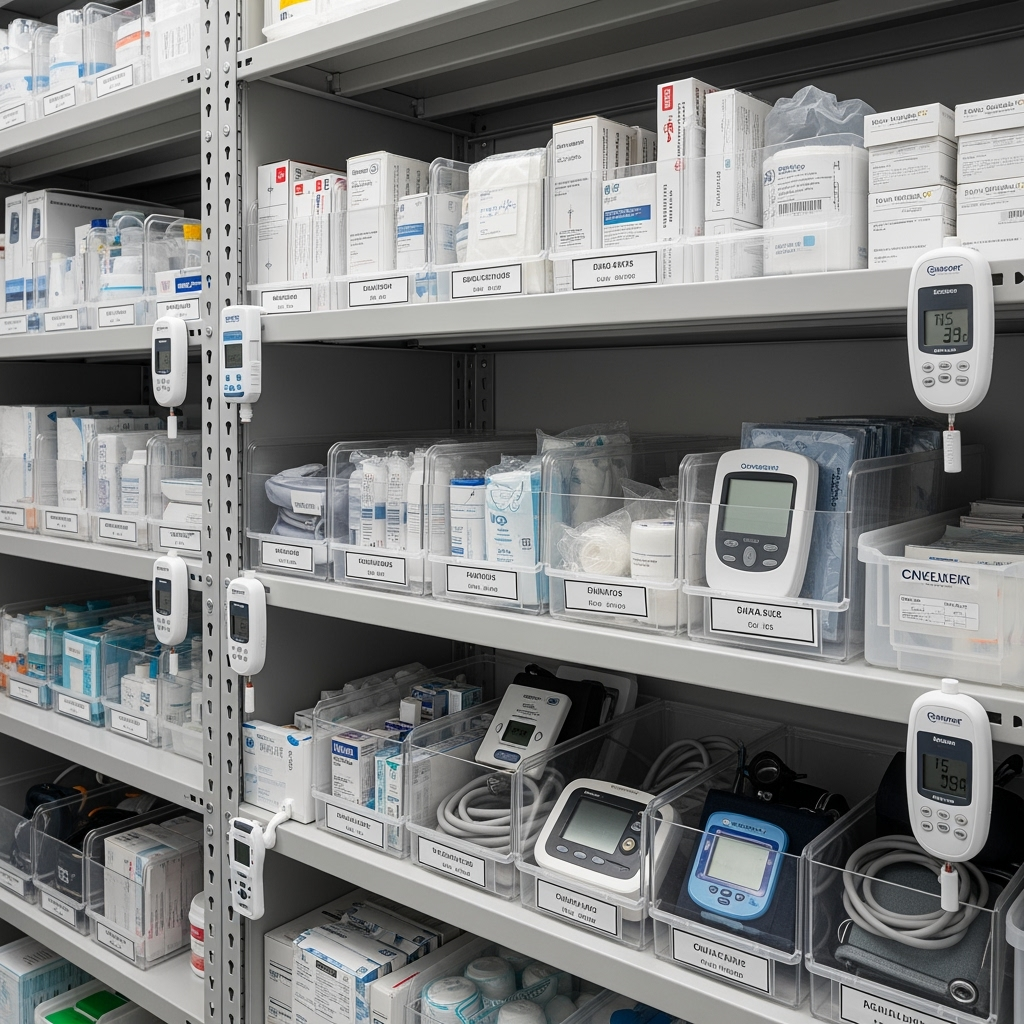
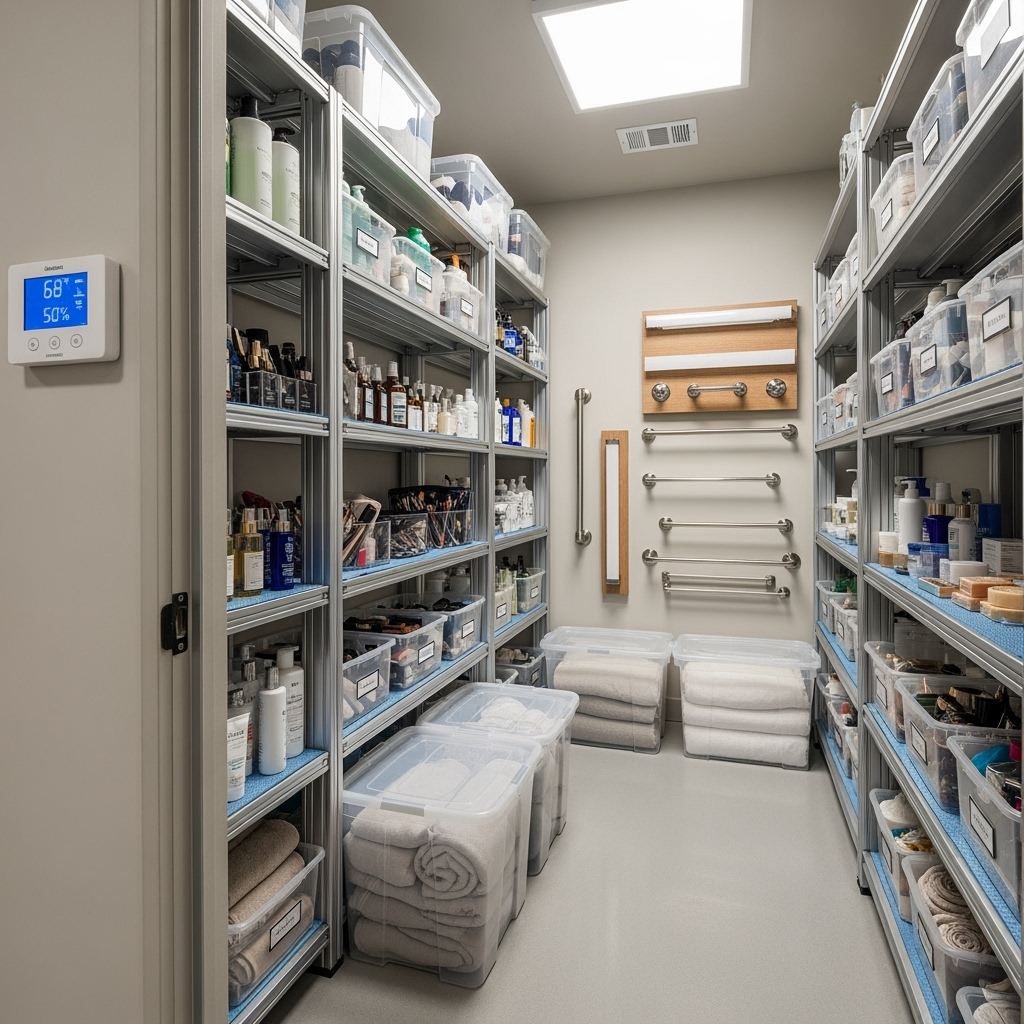
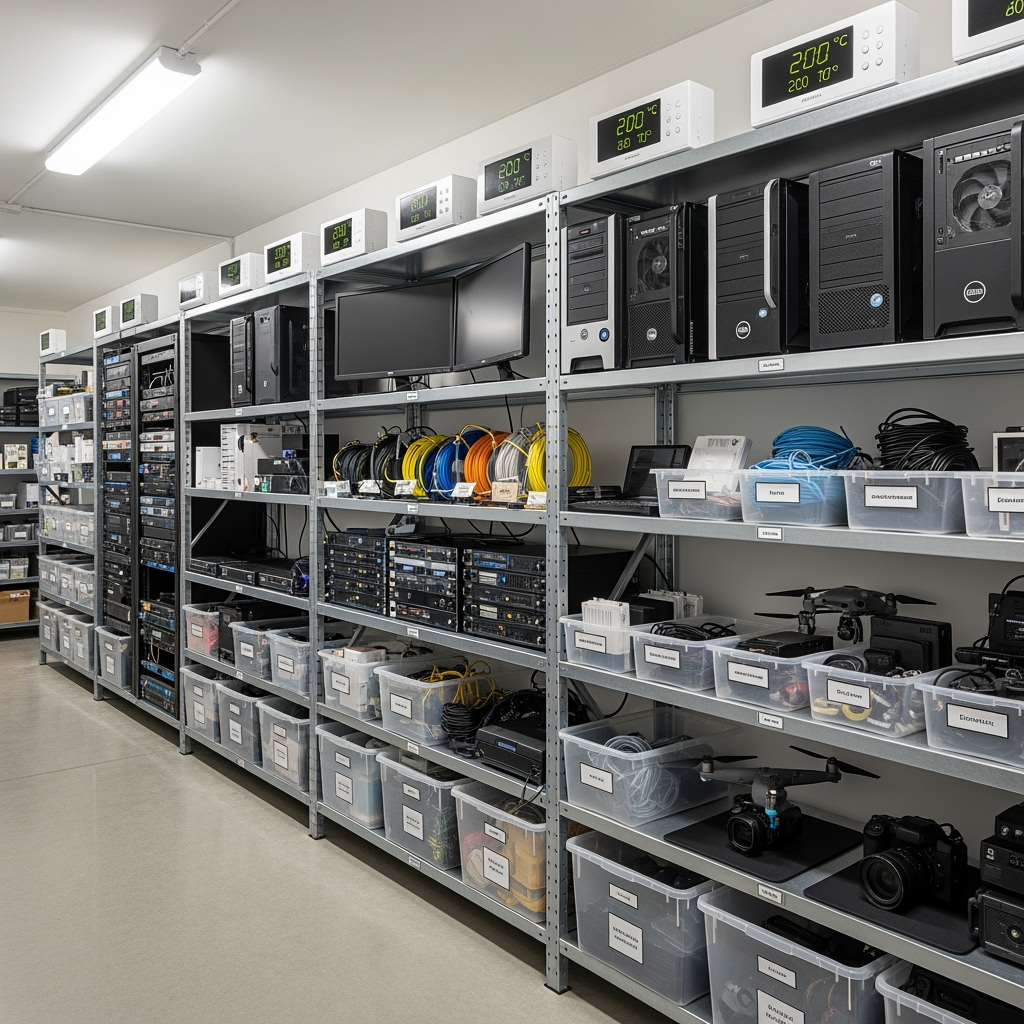
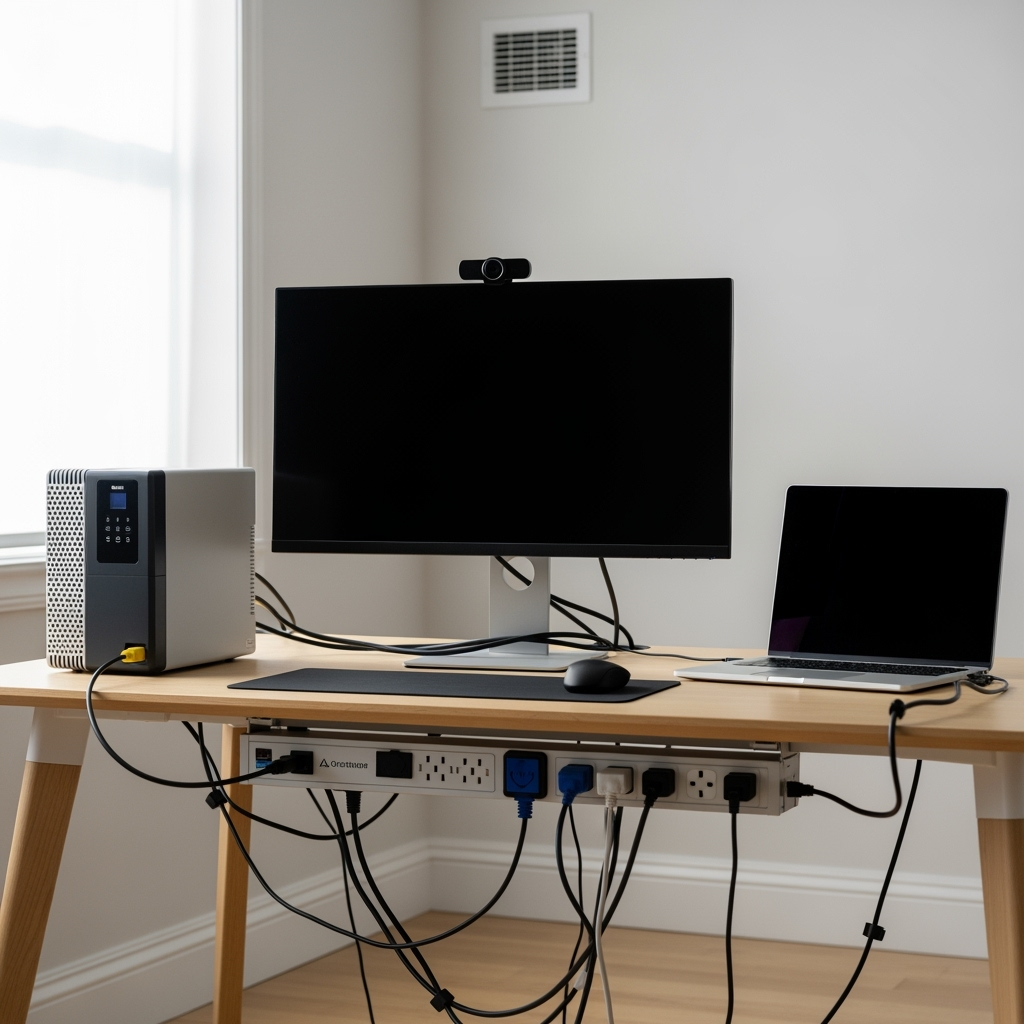
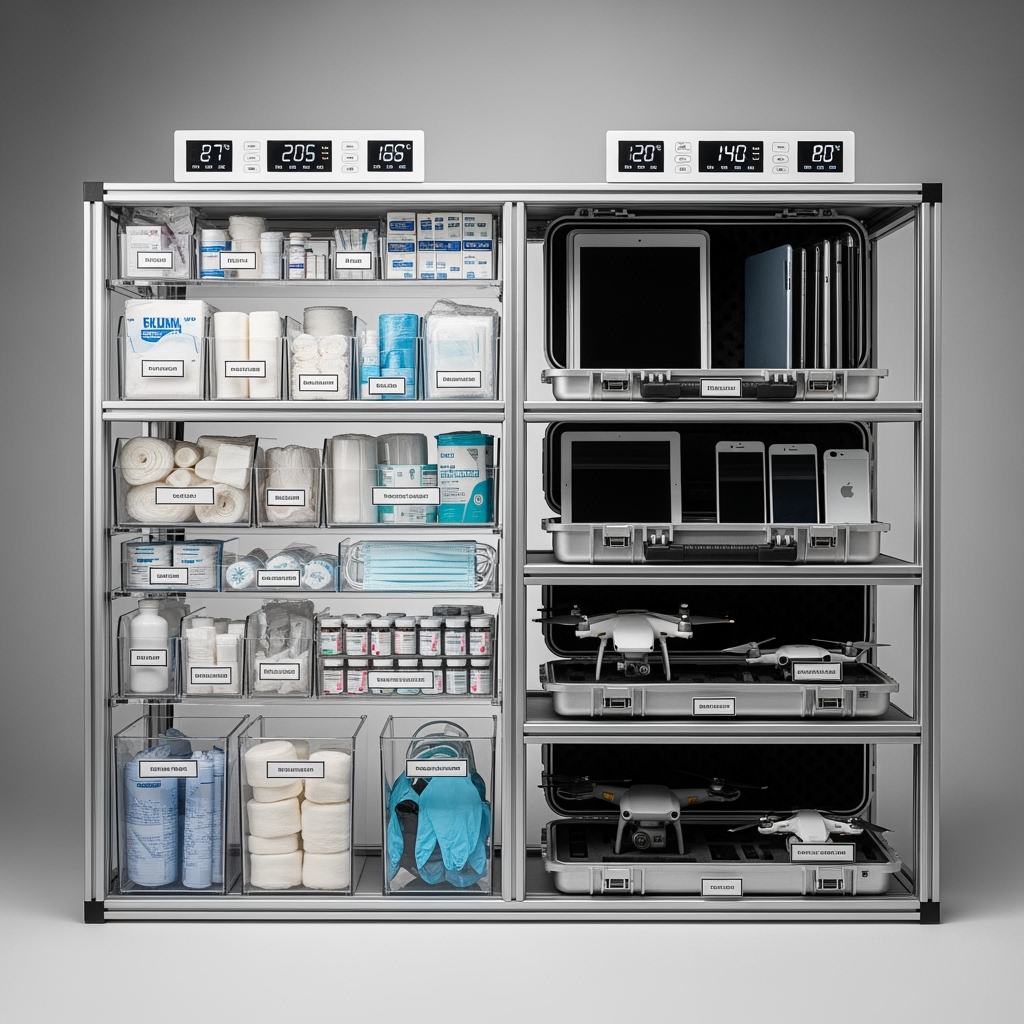
Leave a Reply